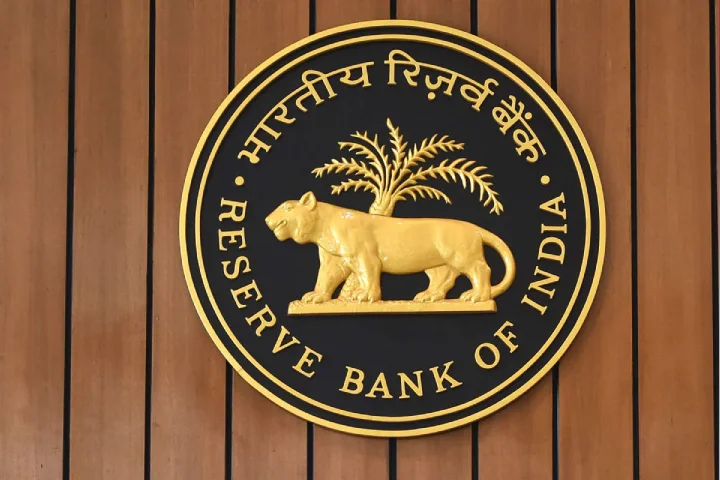

Representative image
India has completed 20 years of implementing gender budgeting policies, with the share of the gender budget in the total expenditure rising to 6.8 per cent in 2024 from 4.5 per cent in 2014, according to a report by the Reserve Bank of India (RBI).
The gender budget allocation for 2024-25 stands at Rs 3.27 lakh crore, marking an 18.9 per cent increase over the revised estimates of 2023-24.
The Centre’s Gender Budget is categorized into three parts. Part A includes schemes exclusively benefiting women, while Part B comprises programs where at least 30 per cent of funds are directed toward women’s welfare.
A new category, Part C, was introduced in 2024-25, focusing on schemes where less than 30 per cent of funds are allocated for women’s welfare.
The RBI report stated that the rise in Part A allocations, particularly between 2021 and 2025, has been driven by programs like the Pradhan Mantri Awaas Yojana (housing for poor households) and LPG connections for underprivileged families.
The RBI also added that gender budgeting has brought significant changes to India’s fiscal policies, promoting gender equity in education, healthcare, and infrastructure. India is among 23 countries recognized globally for its efforts in this area.
It said, “Gender budgeting has prompted changes in India’s fiscal policies for education, health, and infrastructure, advancing gender-oriented goals in India.”
The report suggested that introducing clear mechanisms to classify expenditures and enacting a legal framework, such as the proposed Gender Budgeting Act, could further strengthen transparency and effectiveness in advancing gender-oriented goals.
“Additionally, creating a legal provision, such as the Gender Budgeting Act proposed by the NITI Aayog in 2022, could provide a robust framework to guide these efforts” the report added.
For the 2024-25 fiscal year, the Ministry of Rural Development accounted for 63.7 per cent of Part A allocations, followed by Housing and Urban Affairs (23.3 per cent) and Petroleum and Natural Gas (8.1 per cent). Together, these three ministries make up over 95 per cent of the budgeted expenditure under Part A.
Gender budgeting, introduced in the Union Budget 2005-06, aims to ensure gender-responsive fiscal policies. The initiative gained momentum with the establishment of Gender Budgeting Cells across ministries in 2007.
Odisha led the way at the state level, adopting gender budgeting in 2004-05. During 2024-25, 11 states presented Gender Budget Statements (GBSs).
Taiwan's Armed Forces staged a powerful demonstration of military readiness on Saturday, simulating a Chinese…
In a significant milestone for global healthcare innovation, the World Health Organization (WHO) has released…
The Balochistan Liberation Front (BLF) has claimed responsibility for a sweeping wave of armed assaults…
Union Minister of State for External Affairs Pabitra Margherita reaffirmed the "strong and enduring bonds…
Prime Minister Narendra Modi on Saturday distributed over 51,000 appointment letters to newly appointed youth…
Union Health Minister and BJP National President JP Nadda engaged with the Chairman of the…